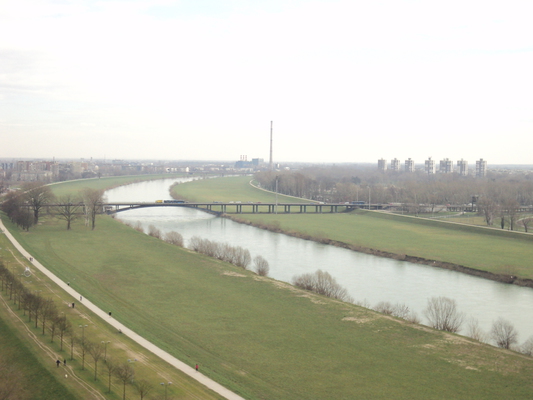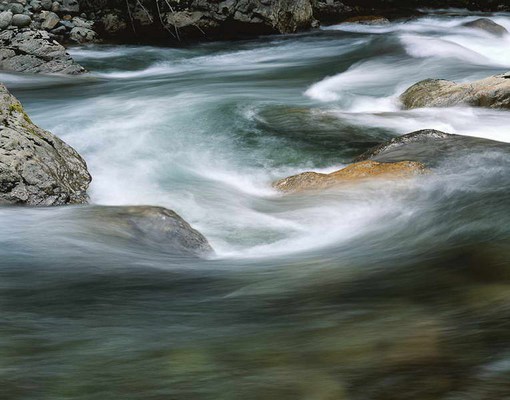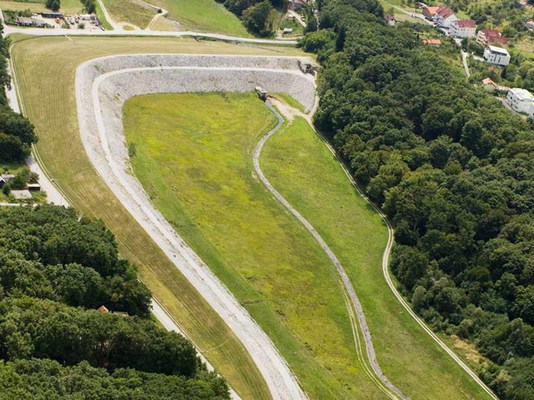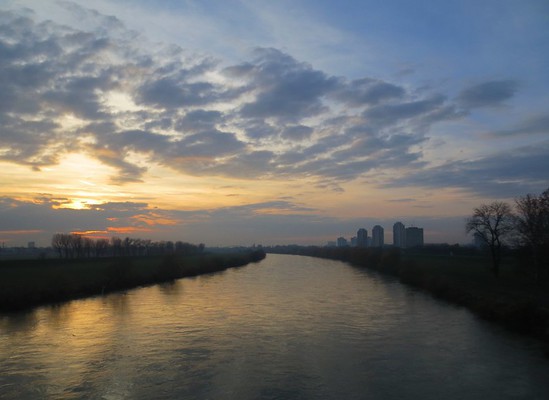
From its source in the Slovenian mountains to its mouth into the Danube in Belgrade, the Sava River represents one of Europe´s ecologically and culturally most interesting lifelines. Along its total length of 944 km and total catchment area of 97,713 km2, the Sava River connects four countries and more than 8 million people who live in and from its catchment area.
The outstanding ecological value of the Sava River - its oxbows, meanders and floodplain forests - has already been acknowledged. Five areas totaling 74,888 ha have been designated as Ramsar sites: Lonjsko polje and Crna Mlaka (HR), Bardača (BiH), as well as Obedska bara and Zasavica (RS). Most parts of the Sava River in Slovenia and Croatia have already been included in the EU Natura 2000 network.



Sava river is also the main city's water supply.
The oldest preserved proposal for a solution to the city's water supply from the central water supply system, which was based on the supply of water from the Queen's Well, dates from 1774 and was not realized. Subsequent studies have shown that Medvednica does not have enough drinking water for the city, so it was decided, based on the proposal of engineer Melkus, that water should be drawn from wells in the Sava lowland. Work on the construction of the water supply system began in 1876, after nearly 100 years of negotiations and controversy.